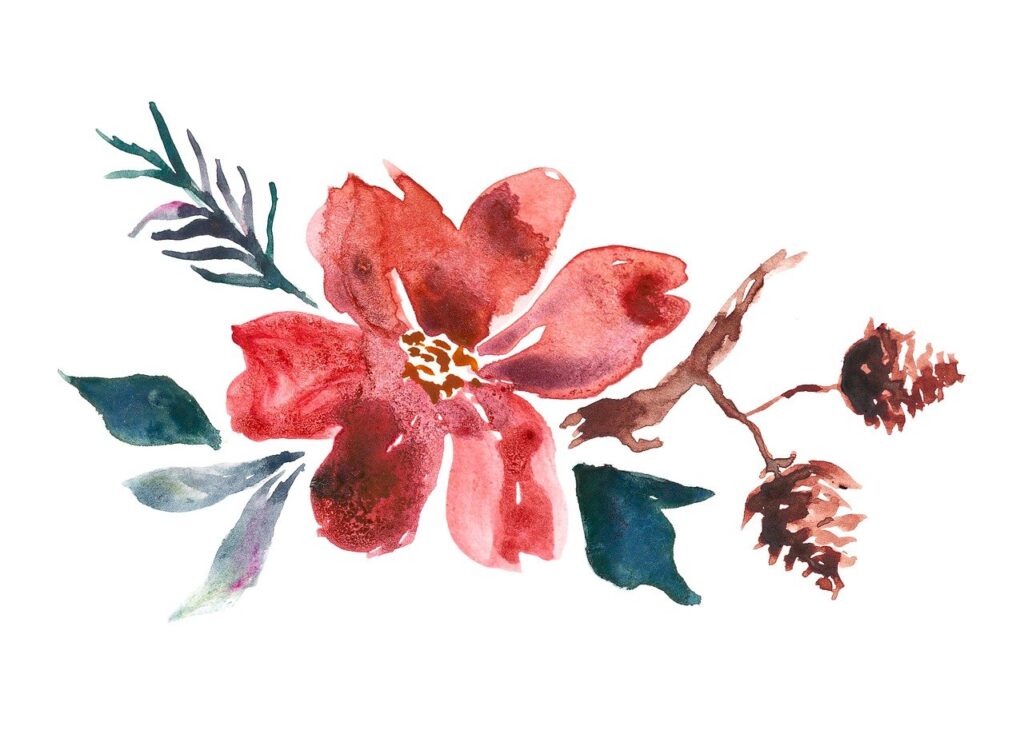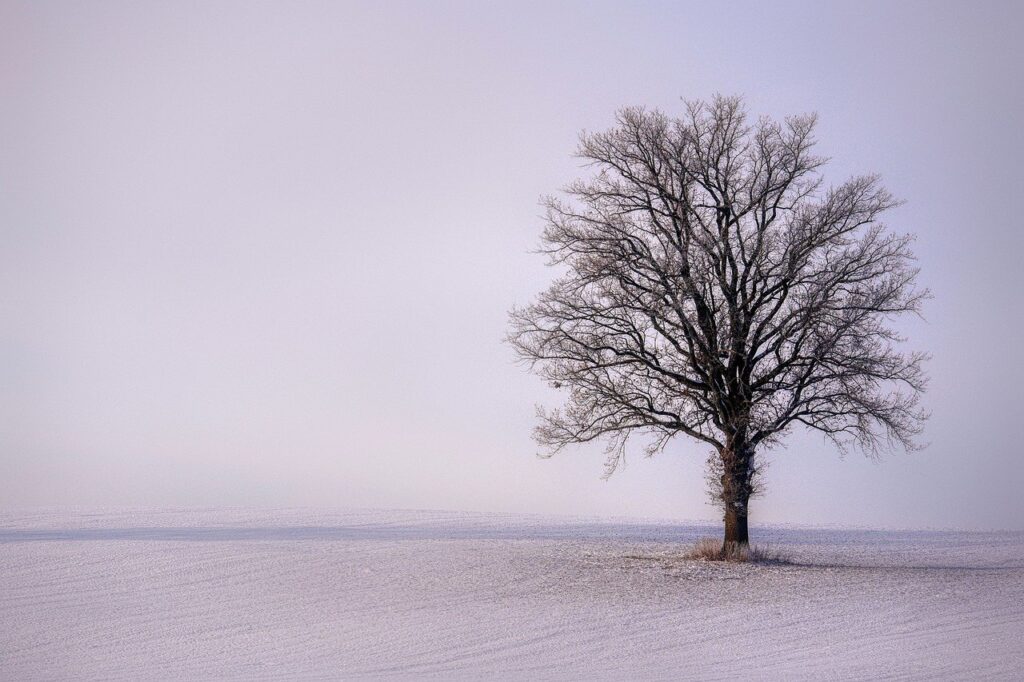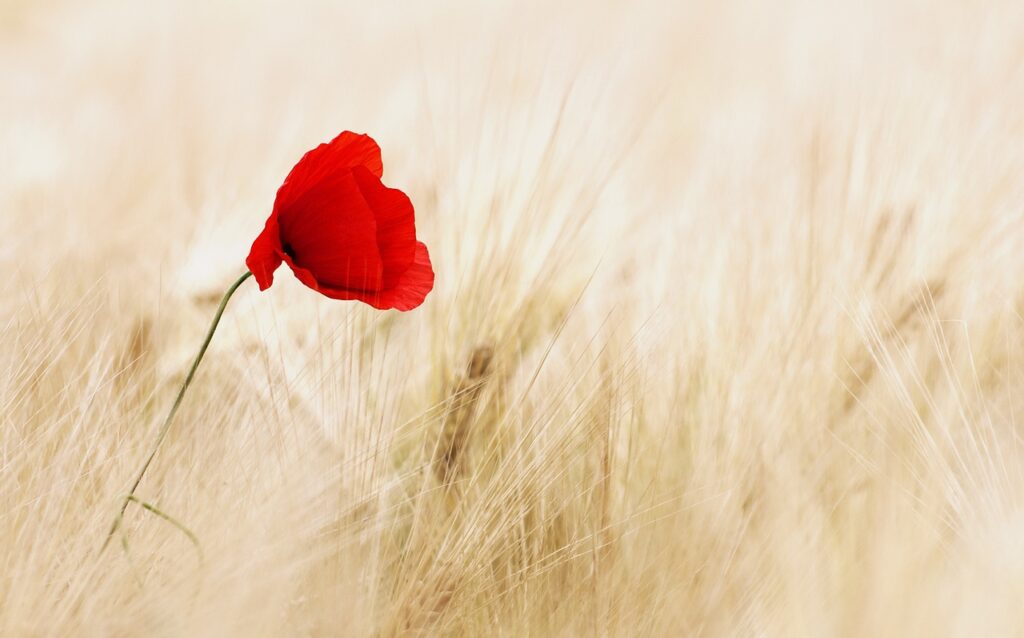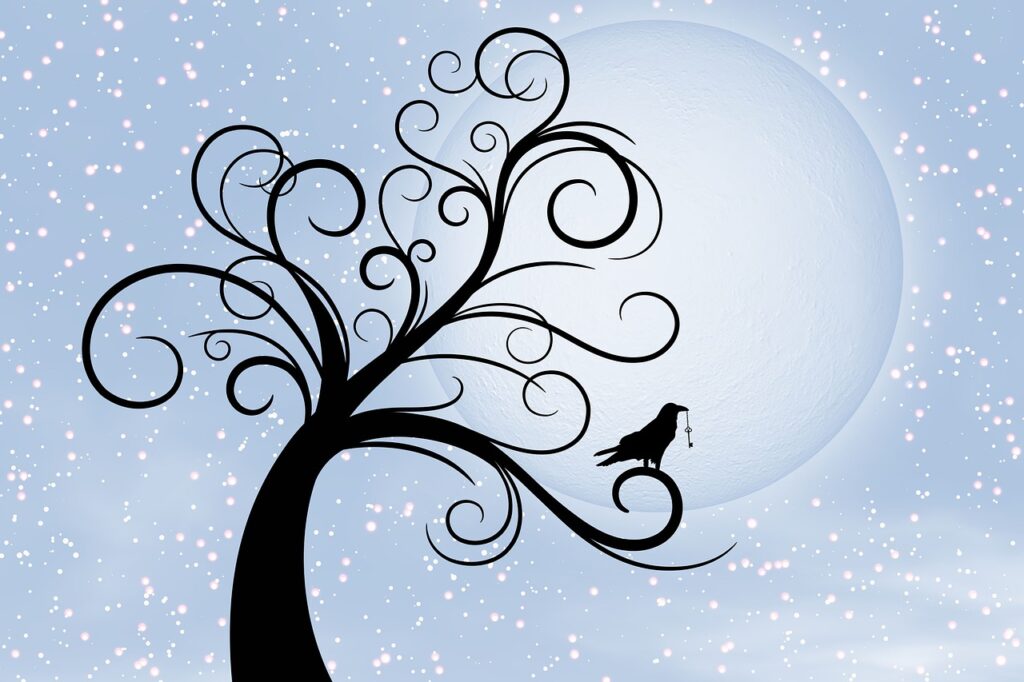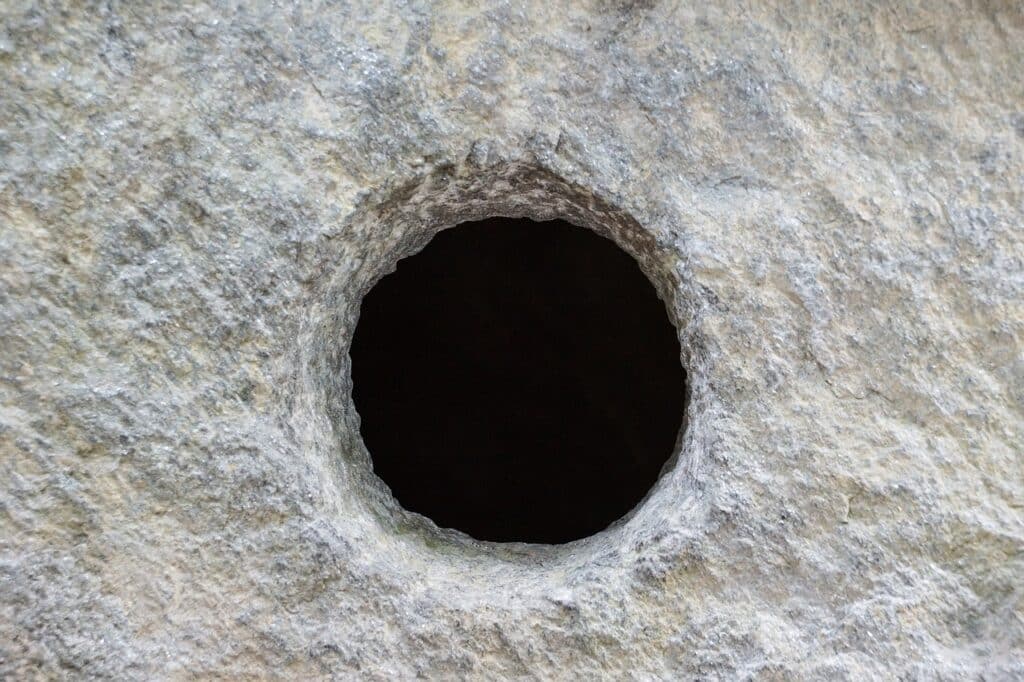Flowers have been cherished in art for centuries, celebrated for their beauty, diversity, and the deep meanings they convey. They symbolize a wide range of human experiences and emotions, from love and joy to loss and remembrance.
In mixed media art, flowers can be depicted in dynamic and imaginative ways, combining various materials and techniques to create richly textured and layered representations.
This blog post delves into the symbolism of flowers, including their colors, and offers creative approaches to depicting them in mixed media art.
The Symbolism of Flowers
1. Love and Affection
Roses: Often associated with romance and passion, roses symbolize love and desire.
- Red Roses: Represent deep love and passion.
- Pink Roses: Convey admiration, gratitude, and gentleness.
- White Roses: Signify purity and innocence.
Lilies: These flowers can signify purity and refined beauty.
- White Lilies: Often symbolize virtue and innocence.
- Pink Lilies: Represent prosperity and abundance.
2. Joy and Celebration
Sunflowers: Symbolizing joy and positivity, sunflowers evoke a sense of warmth and happiness with their bright yellow petals.
- Yellow Sunflowers: Represent adoration, loyalty, and longevity.
Daisies: Representing innocence and cheerfulness, daisies are often associated with playfulness and simplicity.
- White Daisies: Symbolize purity and new beginnings.
- Yellow Daisies: Convey cheerfulness and energy.
Tulips: Known for their bright and varied colors, tulips symbolize perfect love and elegance.
- Red Tulips: Represent true love.
- Yellow Tulips: Convey cheerful thoughts and sunshine.
- Purple Tulips: Signify royalty and nobility.
3. Grief and Remembrance
- Chrysanthemums: In many cultures, chrysanthemums are used in funerals and memorials, symbolizing grief and remembrance.
- White Chrysanthemums: Signify mourning and sympathy.
- Red Chrysanthemums: Represent love and strong emotions.
- Poppies: Particularly red poppies, symbolize remembrance, especially for soldiers who have died in war.
- Red Poppies: Represent the blood of fallen soldiers and are worn on Remembrance Day to honor their sacrifice.
- White Lilies: Often seen at funerals, white lilies signify the restored innocence of the soul of the deceased.
4. Hope and Renewal
- Cherry Blossoms: These delicate flowers represent renewal and the fleeting nature of life, often associated with spring and new beginnings.
- Pink Cherry Blossoms: Symbolize the beauty of life and its transient nature.
- Daffodils: As one of the first flowers to bloom in spring, daffodils symbolize rebirth and new beginnings.
- Yellow Daffodils: Represent hope and new beginnings.
5. Mystery and Intrigue
- Orchids: These exotic flowers represent mystery, elegance, and beauty. They are often associated with luxury and rare beauty.
- Purple Orchids: Symbolize royalty and admiration.
- White Orchids: Represent elegance and purity.
- Iris: Named after the Greek goddess who was the messenger of love, irises symbolize eloquence and communication.
- Blue Irises: Represent faith and hope.
- Purple Irises: Symbolize wisdom and compliments.
6. Gratitude and Understanding
- Hydrangeas: Known for their large, round flower heads, hydrangeas symbolize gratitude, grace, and beauty.
- Blue Hydrangeas: Represent heartfelt emotions and understanding.
- Pink Hydrangeas: Convey sincere emotions and a deeper sense of love.
- White Hydrangeas: Signify purity and grace.
- Purple Hydrangeas: Symbolize a desire for deeper understanding and empathy.
7. Freedom and Natural Beauty
- Wildflowers: These flowers symbolize freedom, natural beauty, and resilience. They often represent spontaneity and the untamed spirit of nature.
- Variety of Colors: Wildflowers come in various colors, each bringing a unique vibrancy and symbolizing different aspects of nature’s beauty and diversity.
- Symbolism: They can represent joy, simplicity, and the beauty of living in harmony with the natural world.
8. Fascination and Distinction
- Carnations: These flowers symbolize fascination and distinction, and their various colors carry specific meanings.
- Red Carnations: Represent admiration and deep love.
- Pink Carnations: Symbolize gratitude and motherly love.
- White Carnations: Signify purity and luck.
- Yellow Carnations: Convey disappointment or rejection, but can also symbolize cheerfulness.
Depicting Flowers in Mixed Media Art
Mixed media art provides a versatile platform for capturing the essence of flowers, blending different materials and techniques to create unique and expressive works. Here are some creative methods to depict flowers in mixed media art:
1. Layered Collage
- Paper and Fabric: Use various types of paper (tissue, patterned, handmade) and fabric to create layered petals and leaves. The different textures will add depth and interest.
- Photographs and Prints: Incorporate photographs or printed images of flowers, combining them with hand-drawn or painted elements to create a rich, layered effect.
2. Paint and Texture
- Acrylic and Watercolor: Use acrylics for their bold, vibrant colors and watercolors for their soft, flowing effects. The combination can create striking contrasts and dynamic compositions.
- Texture Mediums: Add texture with materials like modeling paste, gel mediums, or even sand to give a tactile quality to the petals and leaves.
3. Natural Elements
- Pressed Flowers: Incorporate real pressed flowers into your artwork to add a natural and organic touch.
- Leaves and Twigs: Use leaves, twigs, and other natural elements to enhance the authenticity and texture of your floral depictions.
4. Found Objects
- Beads and Buttons: Use beads, buttons, and other small objects to create the centers of flowers or to add decorative elements to your piece.
- Metal and Glass: Incorporate metal foil, glass pieces, or other reflective materials to add a touch of shine and dimension.
5. Mixed Techniques
- Drawing and Painting: Combine detailed drawing with loose painting to create a balanced and dynamic composition. Start with a pencil or ink sketch and add layers of watercolor or acrylic washes.
- Stencils and Stamps: Use stencils and stamps to add repetitive patterns and intricate details, giving a structured yet playful look to your flowers.
Conclusion
Flowers, with their rich symbolism and natural beauty, are a profound subject for artistic exploration. In mixed media art, they offer endless possibilities for creativity and expression. By combining different materials and techniques—such as layered collage, textured paint, natural elements, and found objects—artists can create unique and evocative representations of flowers. Whether capturing the joy of sunflowers, the elegance of orchids, the solemn beauty of poppies, the grace of hydrangeas, the vibrant spirit of tulips, the distinctive charm of carnations, or the wild beauty of wildflowers, mixed media allows for a dynamic and textured approach to depicting these timeless symbols.

